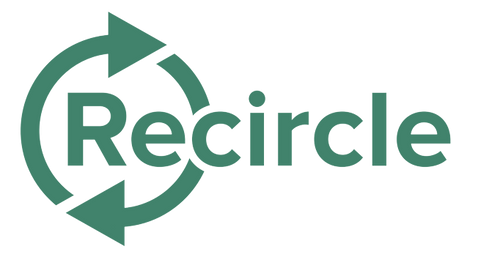In the realm of household necessities, few items are as ubiquitous and indispensable as toilet paper. It's a product that's so ingrained in our daily lives that we hardly spare a thought for its environmental impact. However, beneath its soft layers lies a story of deforestation, water pollution, and carbon emissions. In this post, we'll delve into the hidden environmental costs of toilet paper and explore sustainable alternatives.
- Deforestation:
The primary material used in conventional toilet paper production is virgin wood pulp, sourced from trees like spruce, fir, and pine. To meet the global demand for toilet paper, vast swaths of forests are clear-cut, leading to habitat destruction, loss of biodiversity, and disruption of local ecosystems. The carbon stored in these trees is released into the atmosphere, exacerbating climate change.
- Water Pollution:
The bleaching process used to whiten toilet paper involves chlorine-based chemicals that can contaminate waterways. These pollutants harm aquatic life and disrupt the balance of fragile ecosystems. Additionally, the production of toilet paper requires significant amounts of water, further straining freshwater resources in regions already facing water scarcity.
- Carbon Emissions:
From the logging of trees to the manufacturing process and transportation, the production of toilet paper generates substantial carbon emissions. This contributes to climate change, which in turn has far-reaching consequences for ecosystems, weather patterns, and global biodiversity.
- Solutions and Alternatives:
Fortunately, there are steps we can take to mitigate the environmental impact of toilet paper consumption:
- Choose Recycled Paper: Opt for toilet paper made from recycled content. Recycled toilet paper reduces the demand for virgin wood pulp and helps conserve forests.
- Look for Sustainable Certifications: Seek out toilet paper brands certified by reputable organizations like the Forest Stewardship Council (FSC), which ensures that the wood pulp used comes from responsibly managed forests.
- Consider Alternatives: Explore alternative options such as bamboo toilet paper, which is more sustainable than traditional options. Bamboo is a fast-growing, renewable resource that requires fewer pesticides and water to cultivate.
- Reduce Consumption: Practice mindful consumption by using less toilet paper per use and considering alternatives like bidets, which are more water-efficient and hygienic.
Conclusion:
While it's easy to overlook the environmental impact of seemingly mundane products like toilet paper, the reality is that our daily choices have far-reaching consequences for the health of our planet. By raising awareness about the environmental toll of conventional toilet paper and adopting more sustainable alternatives, we can all play a part in minimizing our ecological footprint and preserving the natural world for future generations. It's time to wipe away the environmental harm and embrace a more eco-friendly approach to personal hygiene.
